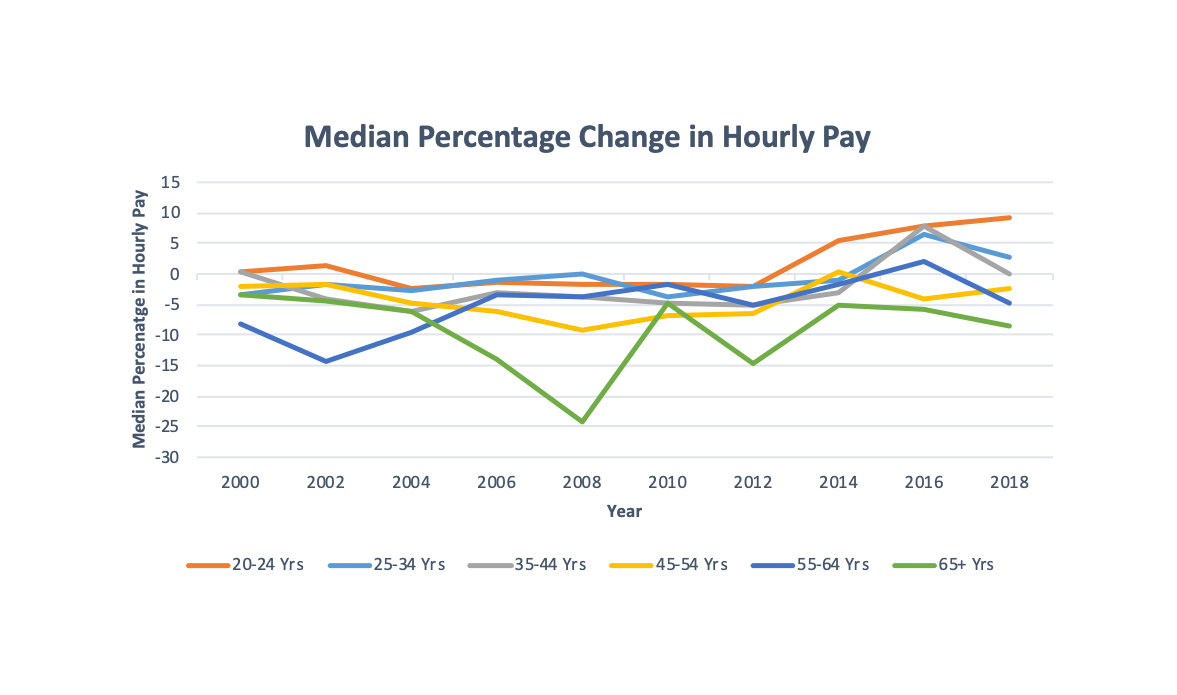
Tracking Employment Trends of Older Workers
As all of New York state and the country prepare for a challenging labor market, it will be crucial to consider the trends for some of the economy’s workers that are more vulnerable. With the Centers for Disease Control and Prevention’s guidance regarding the elevated risk older adults face for developing serious complications from COVID-19, those same individuals are at higher risk of experiencing significant negative consequences from a downturn in the labor market.
Here, ILR's Institute for Compensation Studies outlines a few core realities older workers, employers and policymakers should be aware of as we navigate the coming months:
Older workers represent a historically large part of the labor force
Older workers, ages 55 and higher, represented nearly a quarter of the U.S. employed population in 2019. Between 1980 and 2020, the employment rate of individuals aged 55 through 64 increased from 54% to 64%. The aging of the large baby boom generation is the driving force behind these changing patterns of older Americans working.
Their experiences with unemployment differ from younger workers
Despite their sizable share of the workforce, older workers face distinct disadvantages relative to younger workers after a job loss. Compared to any other age grouping, workers ages 55 or higher have experienced the fastest growth in unemployment rate (currently 17%) since 1980. Not only are older workers at higher risk of job loss, their experience with unemployment differs from younger workers.
Unemployed individuals over 54 are at the highest risk of being unemployed long term. According to the U.S. Bureau of Labor Statistics, those unemployed for more than 26 weeks fall into this category. Notably, this is not just an artificial classification; rather, evidence shows that the likelihood of reemployment declines substantially the longer a person stays on unemployment.
Wage losses are heaviest among older workers
Analysis by the Institute for Compensation Studies at the ILR School shows that reemployed older workers experience the highest loss in relative wages. We looked at the difference between the new wage and the old wage as a percent of the old wage for the median worker.
A few patterns stood out to us when looking at this measure between 2000 and 2018 by age. First, workers 65 plus were the only group to never have a value over zero, which means that they are the only group that in each year would have anticipated a loss in wages.
This is notable because the time window covers two recessions and two periods of a strong labor market. Along that line, another trend of interest has been the intensifying wage loss for workers 65 plus during the exceptionally strong labor market since 2014. In the beginning of the Great Recession, reemployed older workers lost nearly a quarter of their prior pay. With the current spike in unemployment, it will be critical to monitor differential labor market outcomes like these.

Image Source: Institute for Compensation Studiescalculations usingCurrent Population Studies–Displaced Workers Special Supplements, 2000 -2018.
